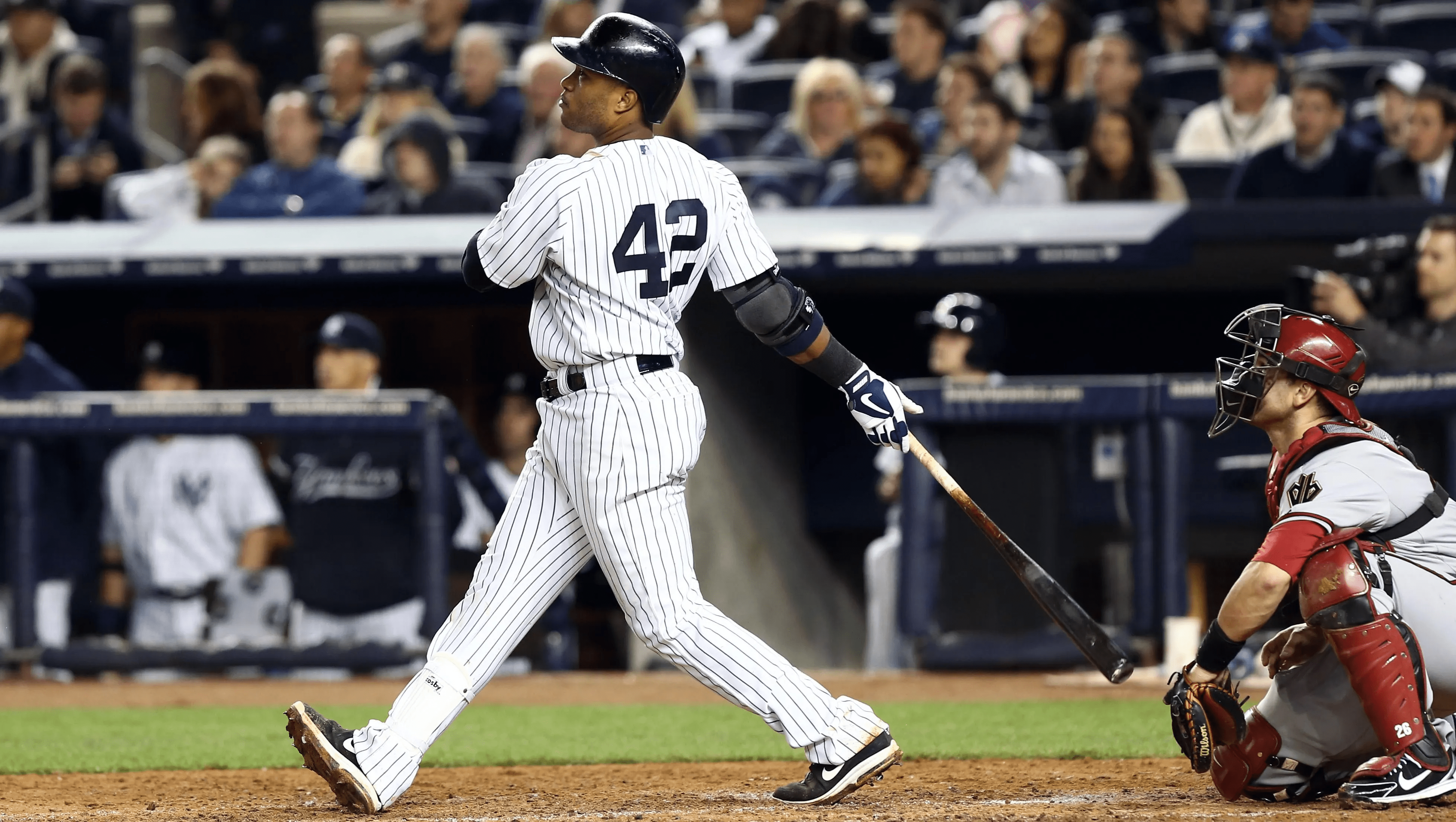For just the second time in MLB Pro history, GMs are invited to vote on the Hall of Fame ballot. Voting takes place in-game and will allegedly be announced on January 17th, 2024.
The HOF in MLB Pro is a curious beast. Last year it seems to be a bit of a forgotten opportunity as only two ballots were cast. When you look at this year’s ballot, there are a lot of familiar names on it, but the numbers feel a little… different. In 2022, Scott Rolen was elected into the “real” HOF with 2,077 hits and 70.1 WAR. In our alternate universe, Jon Lester is the leader in the clubhouse just barely cracking 44 WAR.
I like to envision our MLB Pro universe as a bit of an alternate timeline to real Major League Baseball. In the 2011-12 offseason, the Ricketts family hired Theo Epstein as GM of the Chicago Cubs. A few months later, Theo decided he wasn’t up to the task for whatever reason. He resigned, the Ricketts hired me instead, and the rest is history. Similarly, Ryan Braun’s career didn’t start as a 28 year old rookie. He had already accumulated five years of stats when we got started, including a Rookie of the Year award and four All-Star appearances.
So how do the 19 players eligible for the Hall of Fame stack up when you consider what hypothetically happened before? I did some simple back-of-the-napkin addition and came up with the following numbers. Take a look at the chart below:

A few caveats before we continue: 1) obviously there is so much more to consider when evaluating a player’s career beyond the simple WAR total, and 2) relief pitchers are a different beast and need to be evaluated on their own scale of sorts.
The column next to the player’s name shows the WAR they accumulated before the league began, the next shows their MLB Pro WAR total, followed by the combination, and a percentage showing what portion of their “Total” WAR was earned in our league.
Catcher Brett Nicholas is the only player on this list who was not a big leaguer back in 2012. He debuted for Texas in 2015 and accumulated all of his 18.5 WAR in our universe. Justin Verlander, Ryan Braun, and Adrian Gonzalez benefit the most from this exercise, as each of them brough 25+ WAR from the early stages of their career into the dawn of MLB Pro. Juan Francisco, the offensive WAR leader when as the ballot shows in game, was just a sophomore when we began and only bumps up the list 0.8 thanks to his rookie numbers.
The first Hall of Famer elected in MLB Pro was Robinson Canó. In our timeline, Canó spent the entirety of his career with the New York Yankees before taking a victory lap on the West Coast with the A’s, ultimately finishing his career with 173 homers, 1,024 hits, and 23.9 WAR. Throw in what he did before our inaugural season and Canó boasts 317 dingers, 2,287 hits, and 53.3 WAR. That feels a little more like a Hall of Famer to me.
The question, of course, is how much this hypothetical should count in calculating whether a player is worth enshrinement. I suppose in the end that is up to each individual voter, of which I hope we have many more participate this year. Ultimately, what they truly did in MLB Pro is what matters, but I like to imagine the whole picture I’ve created here when debating edge cases and potential tiebreakers.
Using Cano as a guideline, I think Ryan Braun, Justin Upton, and Juan Francisco deserve consideration from the batter group. We have yet to induct a pitcher but I think Jon Lester, Justin Verlander, and Josh Johnson are worthy enough to break that barrier.
That’s my first attempt at a ballot – we’ll see how it shakes out before the due date. Who are you thinking of voting for?

